Glowing Sugar Probes Reveal How Ocean Microbes Process Carbon
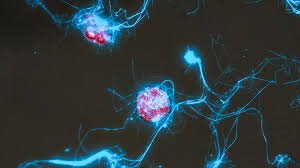
Introduction
The sea hides many secrets. Among them: how tiny microbes eat and recycle carbon-rich sugars produced by algae — a key part of our planet’s carbon cycle. Recently, researchers have developed a glowing sugar probe that finally lets us see this process in action. This breakthrough brings new clarity to how the ocean stores and releases carbon.
Why This Matters to the Marine Carbon Cycle
Algae use sunlight and carbon dioxide to produce organic matter, including long sugar chains. These sugars can either be rapidly broken down by microbes or sink to the sea-floor if they resist degradation. When carbon sinks and stays locked away, it helps reduce atmospheric CO₂. If microbes break it down, carbon returns to the cycle.
Until now, it’s been hard to pinpoint which sugars get eaten, when, and by whom in ocean water.
What the Researchers Did
The team created a special sugar molecule that can glow once it’s broken down. Here’s how it works:
- They built a sugar with two fluorescent dyes linked in such a way that the probe stays dark when it’s intact. ScienceDaily+1
- When microbial enzymes cut the sugar chain, the two dyes separate and the molecule lights up. This process uses a technique called FRET (Förster Resonance Energy Transfer). ScienceDaily
- They tested the probe in purified enzyme solutions, bacterial extracts, live cell cultures, and even with whole microbial communities in sea-water. ScienceDaily
Key Findings
- Using the sugar probe, researchers tracked the breakdown of α-mannan (a long sugar polymer produced during algal blooms). ScienceDaily
- They could now identify who was consuming the sugar, when, and where — without needing to know the microbes’ genomes ahead of time. ScienceDaily
- The probe opens a path to map sugar consumption across time and space in marine ecosystems. That means better insight into how carbon moves in the ocean—from algae to microbes to ocean floor. ScienceDaily
Why This Is a Big Deal
- It gives scientists a live-view of microbial sugar consumption in the wild for the first time.
- It bypasses the usual need to identify microbes based on their genetic code beforehand.
- Understanding exactly how sugars get consumed helps us model the ocean’s role in carbon storage and release more accurately.
- It might also have implications beyond the ocean — for example, in understanding how sugars are processed in other microbial ecosystems (even guts) because the same principles apply. ScienceDaily
How the Probe Works in Simple Terms
- Imagine a sugar chain (think of it like a beaded necklace).
- The researchers attach two glowing beads at two spots on the necklace so close that when the necklace is intact, the glow is quenched (dark).
- When a microbe’s enzyme cuts the ‘necklace’, the beads separate, the glow is triggered — we see the light.
- That light tells the scientists: “Here, a microbe just ate that sugar!”
Potential Future Uses
- Tracking sugar breakdown in algal blooms to predict how much carbon will sink versus how much will be recycled.
- Applying a similar probe-technique in other environments (soil, human gut) to study sugar-microbe interactions.
- Improving climate models by supplying real data on sugar metabolism by ocean microbes.
Conclusion / Call to Action
This glowing sugar probe is a smart tool that gives us eyes under the sea to watch carbon recycling in real time. As we face climate change, understanding every piece of the carbon puzzle matters — and this is one big piece.
If you work in marine ecology, microbiology, or climate research, consider how this probe method might be applied in your studies. And if you’re curious, keep an eye on follow-up studies to see where this goes next.
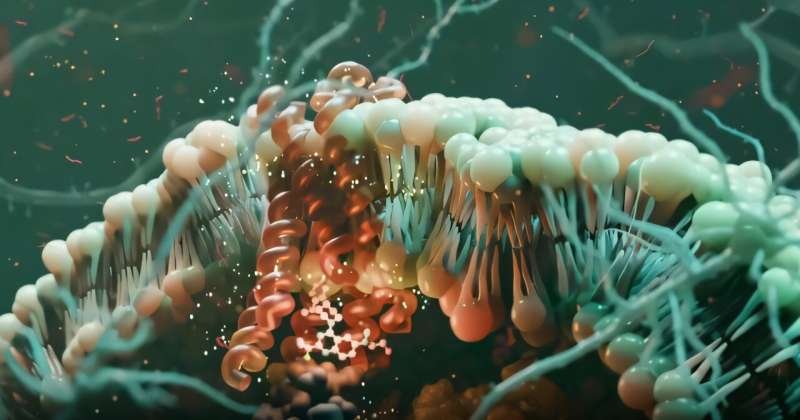
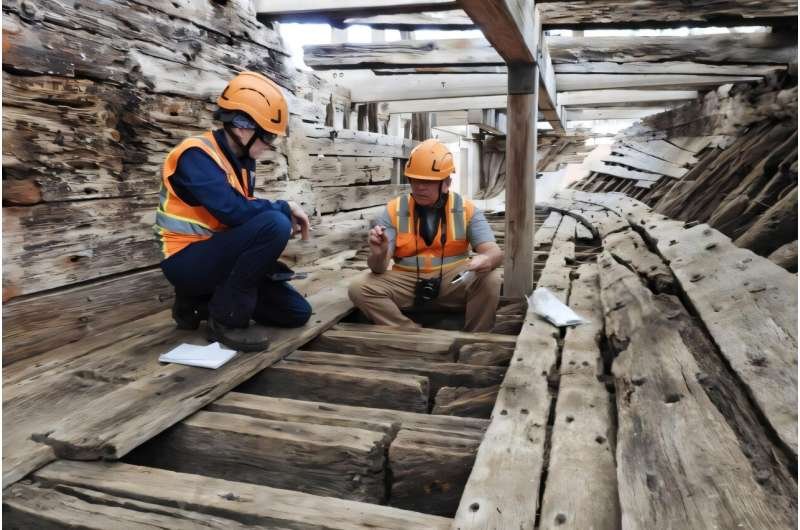
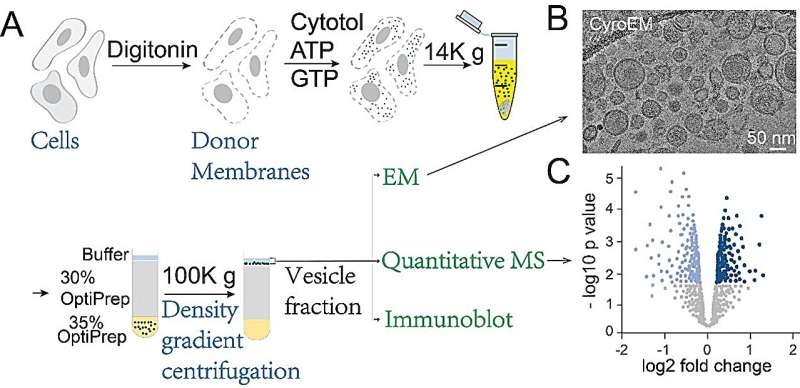
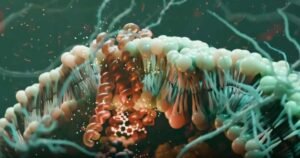
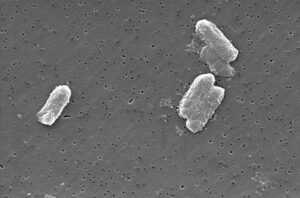
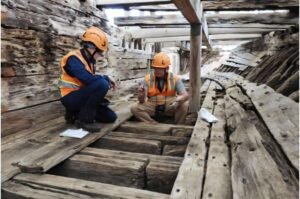
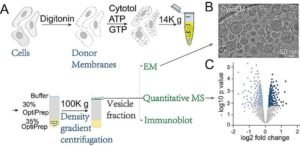
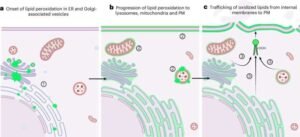


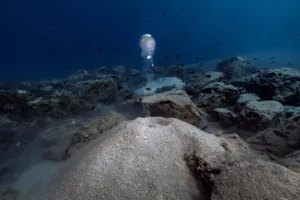
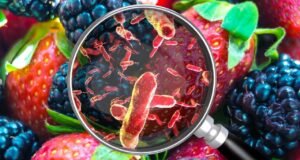
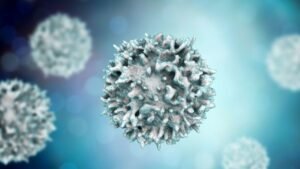
Post Comment